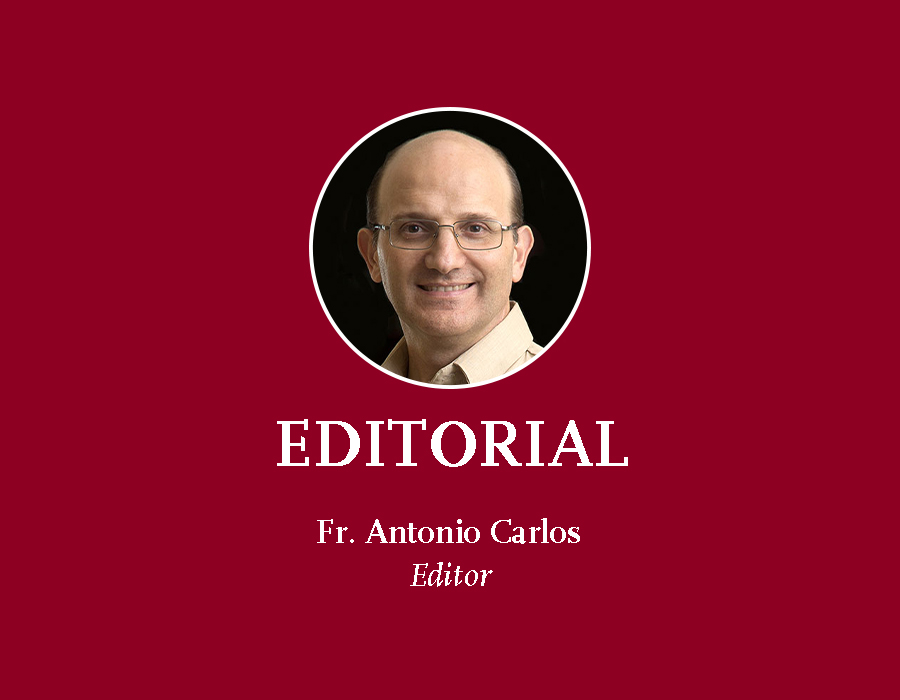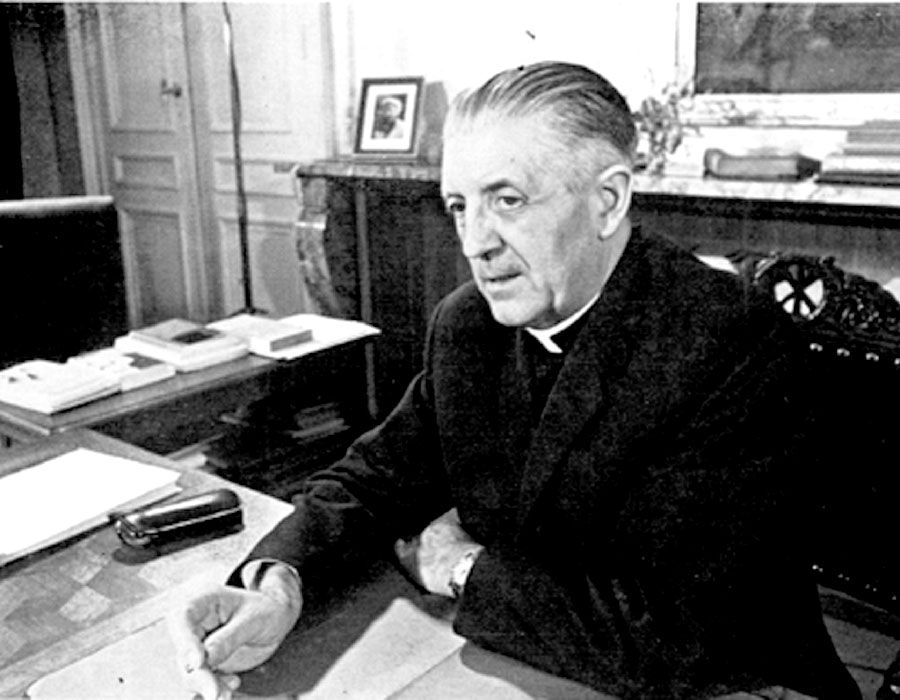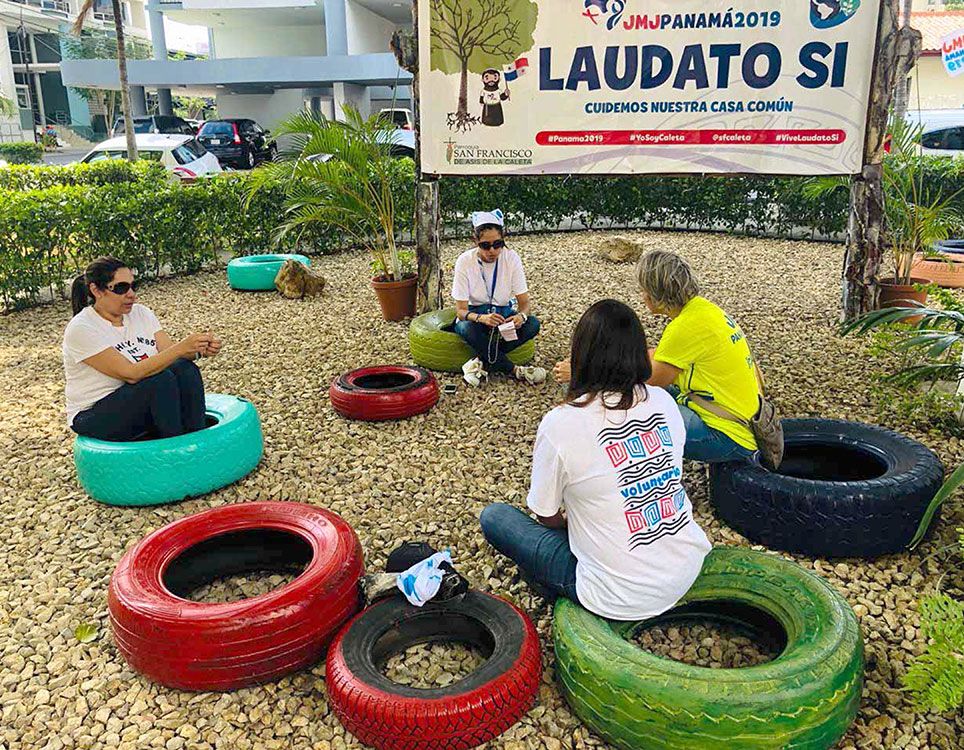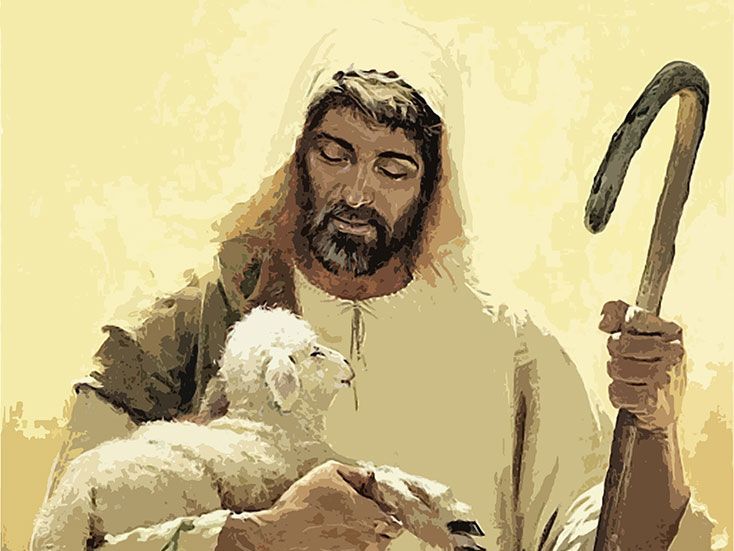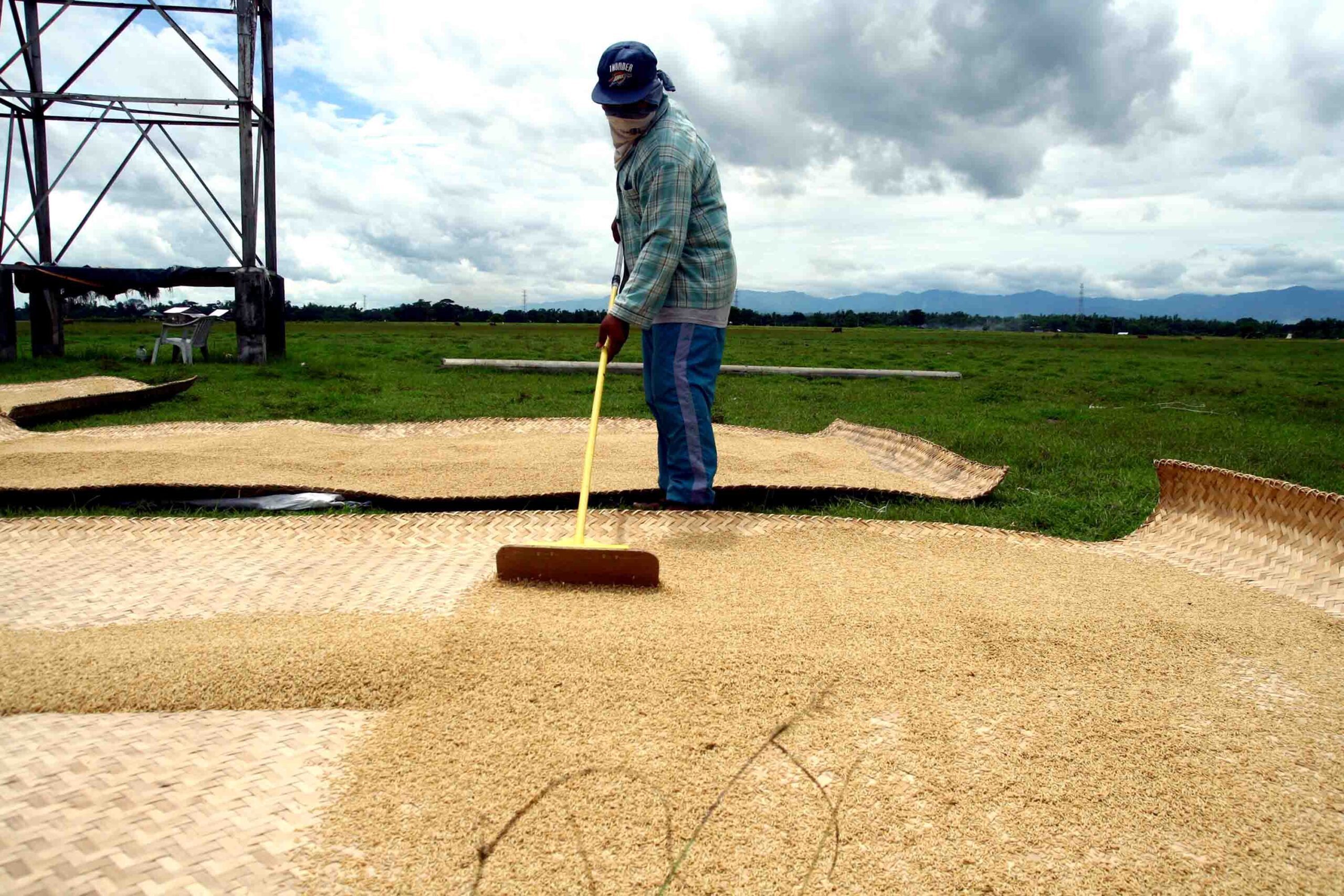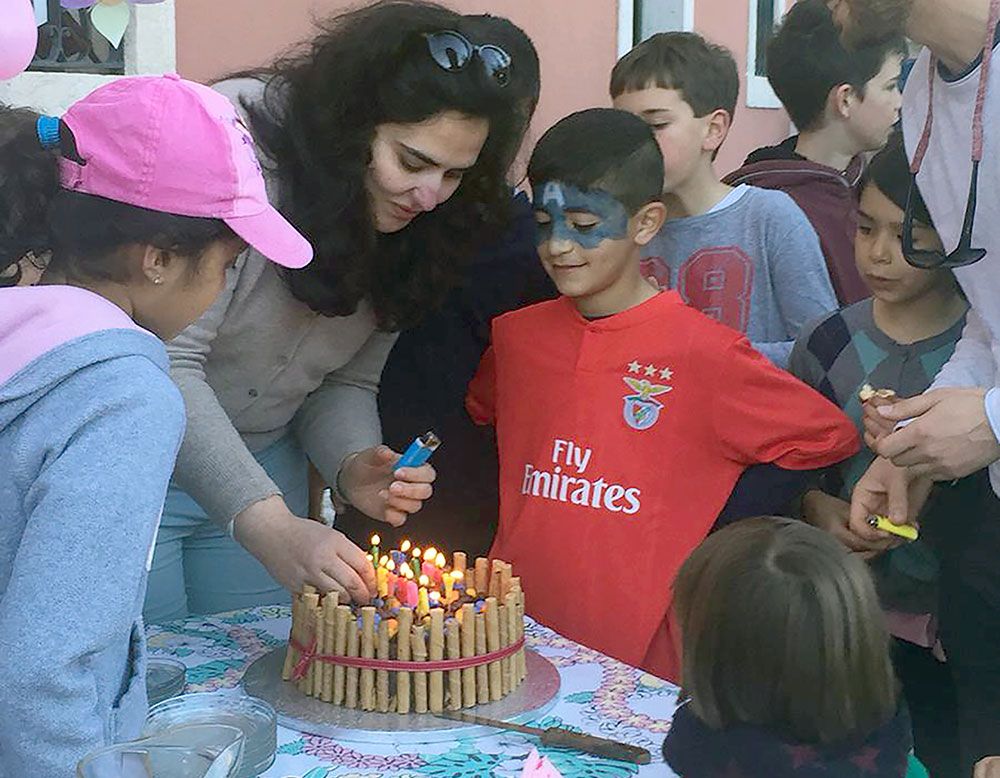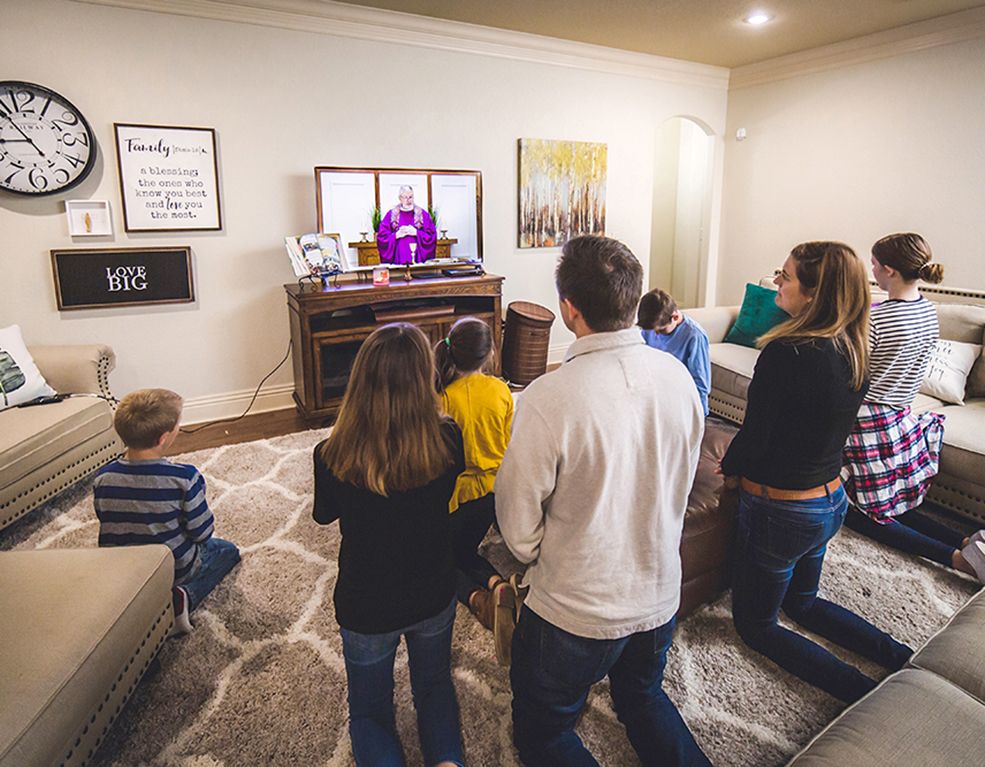In essence, Christian discernment is all about proactively seeking, finding and living out the Spirit’s lead and calling in our lives. When doing discernment, we need to realize that it is not just about techniques or methods of effective decision-making strategies. Of course, discernment concerns “the art of choosing well.” However as an art, we need to go beyond mere tools and techniques on how to make the “right” or “better” choices in life.
First and foremost, the overall groundwork of Christian discernment is our personal loving relationship with the Lord. For this reason, no real, quality discernment can be carried out if no real, quality personal faith and intimacy with our Lord exists in the first place. In other words, we can master all the basic methods and techniques of doing discernment. However, if we do not spend quality time in formal prayer and if we do not have a solid enough loving relationship with our Lord, then our know-how of these discernment methods and techniques still would not be sufficient.
One fundamental question we need to ask ourselves even before we formally enter into a serious process of discernment is this: What kind of a God do we have (do you have)? Truthful discernment presupposes that our God is not a distant God. He is a God who is near and accessible. As Emmanuel (God with us), he is a God who really cares, walking and journeying with us daily. He is a God who speaks and reaches out to us. He invites and challenges us constantly. And discernment presumes that God does communicate and he does reveal these invitations and challenges of His to us in a most personal way.
Primacy Of Interior Disposition
Many times, when entering into serious discernment, the problem is not really God being silent or God not revealing his call to us. Often enough, the problem is with us – we doing the discerning. Time and again, for many of us, the problem is that we simply are not courageous and not trusting enough, not generous and not detached enough.
This was the case with the “Rich Young Man” (Mt 19: 16-26; Mk 10: 17-31). The problem was he knew too well what really the Lord was asking from him. But then, his difficulty was that he was not courageous enough, not free enough from his attachments. And mind you, there is a “Rich Young Man” in all of us.
And that is why in the end, much more than just knowing the “how” of discernment, what is more pivotal is the quality of our interior disposition. In short, we need to examine and check our interiority, asking honestly – am I courageous and trusting enough, free enough from my attachments, so that when the Lord does speak and call me, I would be ready to listen and declare, “Here I am Lord, I come to do your will” (1Sam 3: 8).
All the same, we cannot deny the enormous benefit of being familiar with certain practical discernment methods and techniques especially if they are rooted and applied much in the context of our loving faith relationship with God. This being said, we now go to the most basic steps of the “how” of discernment knowing well that as an “art of choosing well,” it involves not only the theoretical side but the more practical side as well. Undoubtedly, these key steps overlap and interplay in actual discernment. However, here, we present them in a step-by-step manner for purposes of clarification and simplification.
Basic Steps Of Discernment
Step 1
Formulating well our discernment question
For example, for a young man interested in the priesthood, he might formulate his question in this way – “Should I become a diocesan priest in the Archdiocese of Manila or should I become an SVD priest (Society of Divine Word)?” For a young woman drawn to the sisterhood and yet at the same time considering seriously married life, she might frame her question in this manner – “Should I join the active St. Paul de Chartres (SPC) sisters or should I marry?”
Step 2
Gathering of relevant data
If a young man is discerning to be a Benedictine monk, then it would be worthwhile to acquire significant information about the Benedictines – like their spirituality and way of life, their founder, St. Benedict and so on. Included here is the “dialogue with others” – i.e. talking to real people who have some competence or familiarity with the issues involved. For this reason, if one is interested in becoming a La Salle brother, then, it would be good to meet in person a La Salle brother. If one is interested in becoming a Jesuit priest, then, it would be good to meet some young Jesuits.
Step 3
Listing the pros and cons of each option
With enough relevant data gathered, we then can take the first option of our question. Hence, given our earlier example, if one is discerning – “Should I be a diocesan priest in Manila (first option) or should I be an SVD priest (second option)?” – one can start by listing in separate columns the “pros” and “cons,” the advantages and disadvantages of this first option. Naturally, when doing this, one applies the items of his list to his very own personal case and condition, since different people have different perceptions and situations. After some time, with the first option done, he can shift slowly to the second one. And here one does the same listing, this time, clarifying in separate columns the advantages and disadvantages of being an SVD.
Step 4
Weighing and pitting the pros and cons of both options
Once one feels he has listed adequately the leading pros and cons of both options, one can now bring them all in formal prayer. Here in the Lord’s presence, one weighs and pits them carefully against each other. One can do this prayerful weighing by asking questions like – which option draws and allures me more? As one does this, one “looks in” to examine attentively the top feelings that have been emerging and how in the concrete his heart has been responding to all these weighing and questioning.
Step 5
The use of creative imagination in prayer
To deepen our discernment, we can utilize our own creative imagination. And this is where our earlier gathering of data can be put to good use. Once more, using our above example (diocesan or SVD?), the one discerning can take his first option and enter into prayerful imagination. Here, he can imagine himself already a diocesan priest with all its details and challenges – like being under this bishop, having no community (unlike religious), running a parish, celebrating his daily Eucharist and other sacraments, serving God’s people, especially the poor and so on. As one imagines all these in prayer, he at the same time can journal the various responses of his heart. And in particular, this involves underscoring much the primary emotions and sentiments that continue to come alive in him.
Next, the person can take his second option. This time, he can imagine himself already as an SVD priest, with all its particulars – like being under a superior(s), living out the SVD charism and spirituality in community, regularly celebrating mass and the other sacraments, generously being in mission, available for various assignments, here and abroad and so on.
Step 6
Moving towards a particular decision
When one has invested much time imagining all these in prayer, he then begins to compare and contrast the top, dominant feelings and inner movements that have come up quite constantly. One does this to ascertain more truthfully – which option (diocesan or SVD) gives me more joy, more peace, more thrill, more sense of inner congruence (i.e. which feels more “right”) – in short, more spiritual consolation?
In discernment, this last step may be referred to as our “seeking internal confirmation.” And the overall principle here is this – where our truest and deepest consolations are, there God and His will for us cannot be far. This simply implies that we choose that one particular option where steadily our consolations (like joy, peace, thrill, etc.) have been more (or most) stark and alive.
With the entire process culminating with our actual choosing, it is best that we still give some time (a few weeks or months perhaps) to “test” further the validity of our choice. It may happen that some facts were overlooked or certain new situations have arisen which were not considered earlier. After some time though, there has to be an evident tipping point where we attain a sufficient degree of inner serenity and confidence knowing well that we have invested truthfully in the entire process. Thus, the moment has come when we just entrust all to the Lord and we simply stop looking for further verification.



